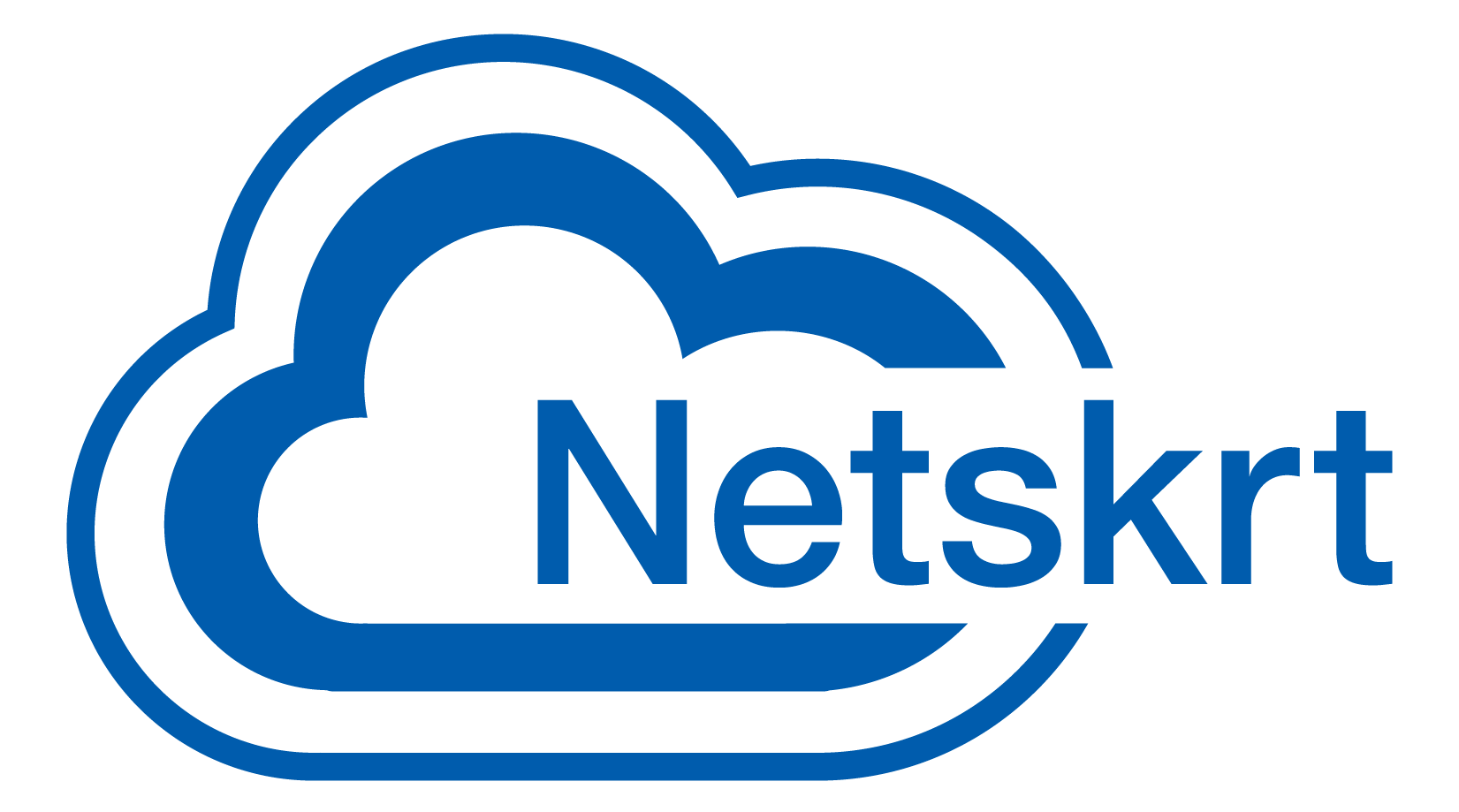How UK ISPs Can Prepare for the Live Streaming Tsunami
Live Streaming Sports is Growing
The Premier League Football website reported earlier this year that 35.7 million people streamed live matches – more than half of the UK’s total TV audience. That’s tens of millions of people concurrently streaming football matches over the course of a season. It is clear that the trend toward live streaming sports is growing, and with it so are the challenges for UK ISPs delivering live content seamlessly to all corners of the internet. Like a tsunami, live streaming can inundate ISP networks as subscribers log on to watch the game all at once.
ISPs may have enough bandwidth to support peaks in on-demand streaming, but peak-viewership during live programming can flood networks that are further downstream from a CDN. For example, two streaming-only NFL games last season each generated 25% more traffic than usual evening-hours peak on a New York State-based ISP’s network. Unless extra capacity has been reserved ahead of time, this type of traffic spike can lead to buffering, pixelation and other problems that result in a poor quality of experience and customer churn.
Live Streaming is Intense
For ISPs in rural and hard-to-reach pockets of the internet, scaling backhaul requests and managing upstream congestion during live sporting events is particularly challenging.
These providers need to overcome the obstacle of delivering seamless, non-buffering live content to hundreds, even thousands of subscribers, all at once. Unlike video-on-demand (VOD), live over-the-top (OTT) streaming must be tightly engineered to deliver the quality of experience subscribers expect (i.e. – broadcast-quality).
Project Gigabit and Beyond
In March of 2018, the UK government launched Project Gigabit to reach parts of the UK that might otherwise miss out on getting the digital connectivity they need. While Project Gigabit has helped expand internet accessibility across the UK, the challenge in managing live streaming content remains. How can rural UK ISPs and Altnets, who are multiple hops away from the nearest CDN or peering point, deliver consistent, high QoE (especially during live streaming events) without having to reserve extra capacity ahead of time?
What if there was a solution further downstream that could reduce backhaul requirements by up to 95% and bring caching to the serving ISP’s network? As it turns out, there is such a solution – it’s called a last-mile CDN.
The ISPA Conference
Lars Cavi – Co-Founder and VP of ISP Business Development – will be addressing this topic at the ISPA Conference on Tuesday, October 22nd at PXC Headquarters in Salford. Join his fireside chat with ISPA host Krystian Heald at 3:00pm. Together, they’ll be covering live sports streaming, its impact on consumer behavior, Project Gigabit and challenges facing ISPs who serve rural communities.
If you’re unable to make it to the ISPA Conference on 22 October 2024 or you’re reading this blog after the event, you can always click here to learn more about Netskrt’s last-mile CDN or get a cache.


